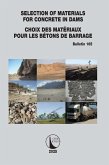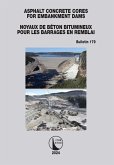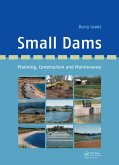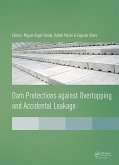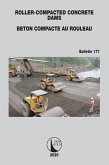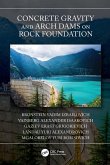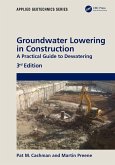Le Bulletin 165 de la CIGB, Choix des Matériaux Pour les Bétons de Barrage, comprend des chapitres dédiés au choix des liants hydrauliques et des additions minérales ainsi qu'aux adjuvants et à l'eau de gâchage. Cela concerne aussi bien les bétons conventionnels (CVC) que les bétons compactés au rouleau (RCC). Le Bulletin constitue un Guide Pratique pour le choix des matériaux pour les bétons des barrages. L'apport majeur est de procurer aux acteurs des projets l'ossature décisionnelle pour faire les bons choix de matériaux dans des lieux où les ressources peuvent être limitées.
Dieser Download kann aus rechtlichen Gründen nur mit Rechnungsadresse in A, B, BG, CY, CZ, D, DK, EW, E, FIN, F, GR, HR, H, IRL, I, LT, L, LR, M, NL, PL, P, R, S, SLO, SK ausgeliefert werden.



